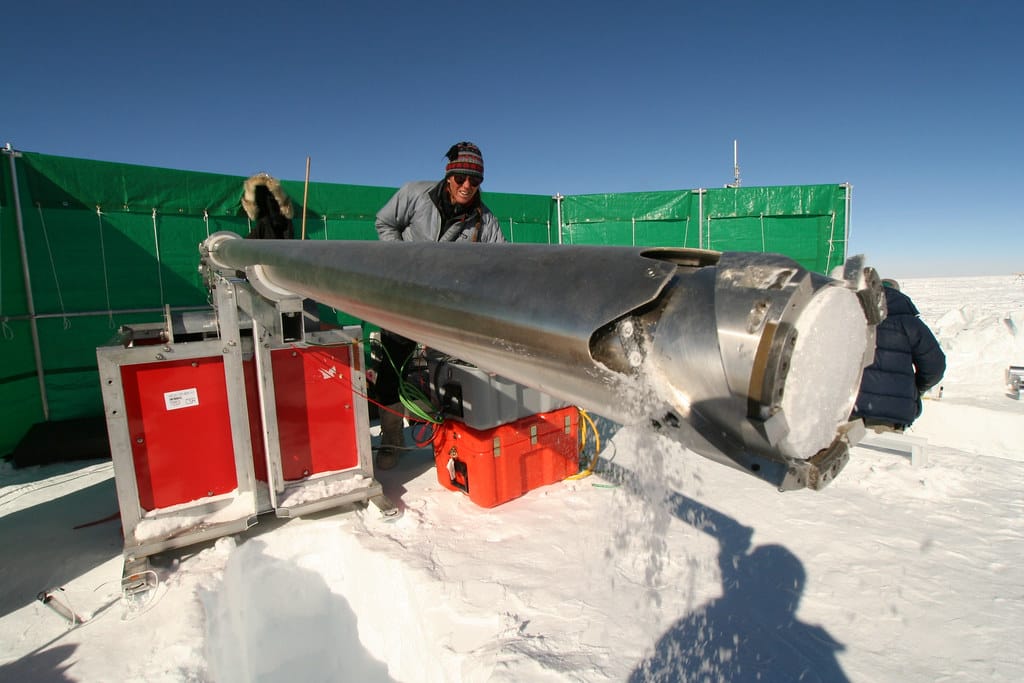The Editorial Red Flags: How Data Analysis Exposed Problem Editors at One of Science's Biggest Journals
A groundbreaking study has identified specific editors at PLoS ONE—one of the world's largest scientific journals—who are statistically more likely to handle papers that eventually get retracted. The research, which analyzed over 30,000 retractions across multiple journals, reveals troubling patterns that could reshape how we think about editorial oversight in scientific publishing.
The Scale of the Problem
The investigation, led by researchers at Stanford University, examined retraction data spanning two decades and found that certain editors at PLoS ONE consistently handled a disproportionate number of papers that were later retracted for various reasons, including data fabrication, plagiarism, and flawed methodology.
Of the 2,100 academic editors analyzed at PLoS ONE between 2006 and 2022, approximately 40 were identified as "retraction-prone," meaning their editorial decisions resulted in retraction rates significantly higher than the journal average of 0.4%. Some of these editors oversaw papers with retraction rates exceeding 2%—five times the norm.
What Makes an Editor "Retraction-Prone"?
The study identified several warning signs that correlated with higher retraction rates:
Geographic Clustering: Editors based in certain countries showed elevated retraction rates, particularly in regions where research misconduct has been documented as more prevalent.
Speed of Review: Papers that underwent unusually fast peer review—completed in less than 30 days—were 60% more likely to be retracted later. The average review time at PLoS ONE is typically 125 days.
Editorial Experience: Paradoxically, some of the most retraction-prone editors were experienced academics who had handled hundreds of manuscripts, suggesting that volume alone doesn't guarantee quality oversight.
The Domino Effect on Scientific Integrity
The implications extend far beyond individual papers. Dr. Sarah Chen, a research integrity specialist at Johns Hopkins University who wasn't involved in the study, explains: "When problematic papers slip through editorial oversight, they can influence entire research directions, waste precious funding, and erode public trust in science."
The researchers found that retracted papers from these identified editors had been cited over 15,000 times before their retraction, meaning flawed research had already influenced countless other studies and potentially misguided research directions.
PLoS ONE's Response and Industry Impact
PLoS ONE has acknowledged the findings and announced several reforms:
- Implementation of additional screening protocols for papers that pass through accelerated review
- Enhanced training programs for editorial board members
- Development of AI-assisted tools to flag potential integrity issues during the review process
The journal's Editor-in-Chief, Dr. Michael Rodriguez, stated: "While these findings are concerning, they provide valuable insights that will strengthen our editorial processes. We're committed to maintaining the highest standards of scientific integrity."
Broader Implications for Scientific Publishing
This research highlights a critical vulnerability in the peer review system. With over 3 million scientific papers published annually worldwide, the pressure on editors and reviewers has never been greater. The "publish or perish" culture in academia, combined with the rapid growth of scientific output, creates conditions where quality control can slip.
The study's methodology—using statistical analysis to identify patterns in editorial decision-making—represents a new frontier in research integrity monitoring. Other major publishers, including Elsevier and Springer Nature, have indicated they're reviewing similar analytical approaches for their own journals.
The Path Forward
The identification of retraction-prone editors offers both challenges and opportunities for the scientific community. While it raises uncomfortable questions about editorial oversight, it also provides a data-driven approach to improving the system.
Key takeaways for the scientific community include:
- The need for more rigorous editorial training and ongoing assessment
- The importance of maintaining appropriate review timelines, even under publication pressure
- The value of using data analytics to identify and address systemic issues in peer review
As science continues to evolve at breakneck speed, this research serves as a crucial reminder that the integrity of scientific publishing depends not just on the researchers who conduct studies, but on the editors who serve as the final gatekeepers of scientific knowledge. The challenge now lies in implementing systemic changes that can prevent problematic papers from entering the scientific record while maintaining the efficiency and accessibility that makes journals like PLoS ONE valuable to the global research community.

